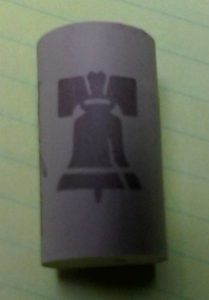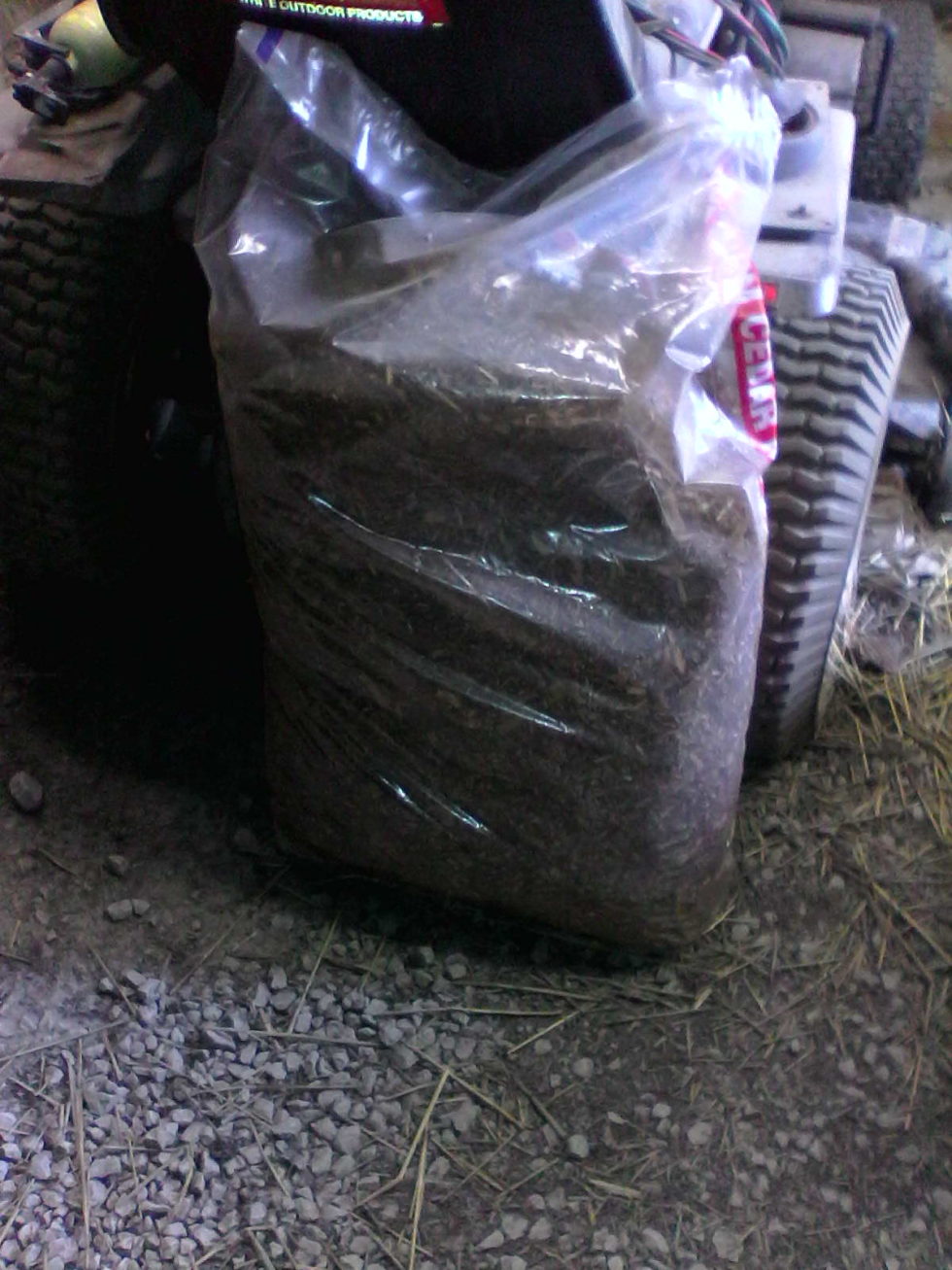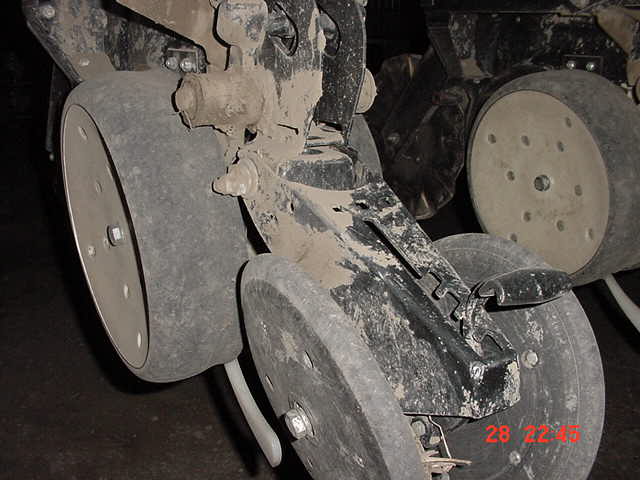The title is much more entertaining if you read it aloud using your best Mr. Haney voice and pronounce it jen-you-wine. We have slowly but steadily been moving to a synthetic existence. Somehow we find this better than a real existence, or at least Millenials do.

Our synthetic existence started long ago with the introduction of plastics into our lives. A great many things went from being made with either wood or metal to plastic, even whistles and clothing. How many of you are old enough to have actually worn a Leisure Suit? Well, you can probably find them at thrift shops around the country because they will never biodegrade. Laugh all you want, but much of the clothing in your closet has some level of plastic in it. What? You think polyester comes from some poly plant whose strands are called ester?
No child. Most of what you wear today is not natural. Even your blue jeans most likely have synthetics in them. Cotton may be the fabric of our lives but it isn’t always the cheapest thing to make clothing out of.
 While we are at it, womens stockings used to be made from the spongy white centers of corn cobs (pith). Today most are made with Lycra (TM). Why is that? Well, corn cobs are difficult to obtain. You see, during my early childhood years farmers picked corn. The entire ear was stored in a crib to finish drying over the winter. Sometime prior to the next harvest they would sell the crop and someone with a sheller would come by to shell the corn. The husks would be blown out into a husk wagon, grain augered into wagons/trucks and long semi trailers would collect the cobs. The husks were used for livestock bedding, the grain would eventually become corn flakes, livestock feed, whiskey or some other product and the cobs would be turned into ladies stockings among other things.
While we are at it, womens stockings used to be made from the spongy white centers of corn cobs (pith). Today most are made with Lycra (TM). Why is that? Well, corn cobs are difficult to obtain. You see, during my early childhood years farmers picked corn. The entire ear was stored in a crib to finish drying over the winter. Sometime prior to the next harvest they would sell the crop and someone with a sheller would come by to shell the corn. The husks would be blown out into a husk wagon, grain augered into wagons/trucks and long semi trailers would collect the cobs. The husks were used for livestock bedding, the grain would eventually become corn flakes, livestock feed, whiskey or some other product and the cobs would be turned into ladies stockings among other things.
 Every farmer’s wife would ave a bushel or so of the cobs to make corn cob jelly. Real corn cob jelly, the kind made from field corn instead of sweet corn cobs, is light red, not yellow like this image. It is also thin, not like the stuff in those little plastic packages you open up at a diner counter. Corn cob jelly from field corn cobs is unbelievably good. The closest comparison I could make for Millenials is that thin light red sticky sweet sauce some Tia restaurants serve with crispy spring rolls.
Every farmer’s wife would ave a bushel or so of the cobs to make corn cob jelly. Real corn cob jelly, the kind made from field corn instead of sweet corn cobs, is light red, not yellow like this image. It is also thin, not like the stuff in those little plastic packages you open up at a diner counter. Corn cob jelly from field corn cobs is unbelievably good. The closest comparison I could make for Millenials is that thin light red sticky sweet sauce some Tia restaurants serve with crispy spring rolls.
 So, why does the world not have this anymore? Today farmers use a combine to harvest grains. (Pronounced comm bine) That’s the short name. The full name is combined thresher harvester. Only the corn comes back to the yard. The husks, cobs and other components are shredded and scattered in the field to decompose and provide nutrients for the next crop in that field. The grain can be harvested wetter, dried in a matter of hours to a safe moisture content for storage then cooled in a cooling bin for storage.
So, why does the world not have this anymore? Today farmers use a combine to harvest grains. (Pronounced comm bine) That’s the short name. The full name is combined thresher harvester. Only the corn comes back to the yard. The husks, cobs and other components are shredded and scattered in the field to decompose and provide nutrients for the next crop in that field. The grain can be harvested wetter, dried in a matter of hours to a safe moisture content for storage then cooled in a cooling bin for storage.
While the older method offered many a Normal Rockwell moment, it simply wasn’t possible to feed the global population had we continued using it. Had we continued down that path by the late 1970s there would have been famines in industrialized countries, many forests would be completely gone (cribs needed to be wood), and you would have been paying $24.95 for a hamburger all by itself at McDonalds.
 Speaking of the 1970s, that would be the era when TV sitcoms made numerous jokes about the wonderful bouquet coming from the screw on cap when poor/working class people opened a bottle of wine. This was a time when Snobbery Wines Inc. thought the world ought to be paying a minimum of $24/bottle yet minimum wage was around $3.25/hr. Do the math. The constant joking did manage to beat into the social conscious that screw on cap wines were the purvey of alcoholics and other denizens. That cultural myth still exists today. There are wines with screw on caps today selling for far more than 3 Buck Chuck and people still consider them “wino fare.” You see, 3 Buck Chuck and most other cheaper wines found the solution. A Jen-You-Wine synthetic cork. In case you are wondering, that one came out of a Liberty Creek bottle.
Speaking of the 1970s, that would be the era when TV sitcoms made numerous jokes about the wonderful bouquet coming from the screw on cap when poor/working class people opened a bottle of wine. This was a time when Snobbery Wines Inc. thought the world ought to be paying a minimum of $24/bottle yet minimum wage was around $3.25/hr. Do the math. The constant joking did manage to beat into the social conscious that screw on cap wines were the purvey of alcoholics and other denizens. That cultural myth still exists today. There are wines with screw on caps today selling for far more than 3 Buck Chuck and people still consider them “wino fare.” You see, 3 Buck Chuck and most other cheaper wines found the solution. A Jen-You-Wine synthetic cork. In case you are wondering, that one came out of a Liberty Creek bottle.
There is even a growing battle in the Jen-You-Wine synthetic cork world about which synthetic cork is more low brow/less desirable. You see, some Jen-You-Wine synthetic corks are “particle cork” just like that synthetic wood most of that assemble-it-yourself furniture in your home and office. Just like a real cork, if you get rough with some of these, little bits break free from the glue and end up in your wine. The “others” are some kind of full synthetic without even a hint of a piece of a cork tree in them. The “purists,” if you can call them that, claim that the particle cork can still absorb the bouquet of the wine so an educated nose can tell if it is a good bottle before they taste it. The realists understand only the halucinatory believe they have an educated nose when they never pay more than $9 for a bottle of wine.
Where did all of this animosity come from? Well, putting it bluntly, marketing types without a soul were paid large amounts of money to hand out underservedly bad raps to Mad Dog 20/20 and Ripple. Why? Because these were big sellers and as long as people had a fondness for the low priced stuff they were never going to spend $24 on a bottle of wine. Most reading this won’t understand it now, but, many a virgin lost their virginity during an evening involving one of those two beverages so their is still a large cultural nostalgia involving them. Keep in mind minimum wage was still around $3.25/hr and “the pill” wasn’t available so that is how Johnny Ripple Smith and Janey Mad-Dog Johnson got their names.
Note: Boone’s Farm did deserve the rep it got no matter how they seal the bottle.

You know, during the 1970s all high school age kids were required to take a Consumer Education class. We were given little fake checks, taught how to budget, write checks, pay bills and balance a checkbook. We were also taught about product marketing and what was actually in the food we ate. Since that time frame we have been eating more and more synthetic food. How many of you have ever eaten an all natural hot dog? Did they really have little twists at the end like the ones in the image? I will wager most of you have only eaten hot dogs with perfectly rounded ends. One of the many things we learned in Consumer Ed was that the casings of those hot dogs were some form of digestible plastic. I will leave it as an exercise for the reader to look up what all natural casings were/are. Here’s a hint: waste not want not.
continued…




